Description
Choti Chandan
Indian Snakeroot – Health Benefits

Sarpagandha also known as snakeroot is known to acts effectively against poisonous bites.It has extensively used in Ayurveda to treat various diseases.
In the dense jungles and farms, venomous reptiles like the snake, Scorpio, mongoose, are usually encountered and when they attack, it’s not easy to find some medicine to cure their toxic venom.
How to find a panacea to such toxic bites in those jungles when doctors and medicines are too far from one’s reach?
The answer to your query is the herb called “Snakeroot” or commonly known “Sarpagandha“. It is the best remedy to cure such toxic bites. It holds the biological name, Rauvolfia (Rauwolfia) Serpentina.
The perennial herb is rich in alkaloid content. It has 100% vegetarian formulation and is natural.
The herb is significantly effective in regulating blood pressure, as it calms the agitated mind, lowers the blood pressure, provides soothing effect against hypertension, insanity, and thus best known for its anti-depressant and anti-hypertensive properties.
Snakeroot being antipyretic, is highly effective to fight against fever, both in mild as well as in chronic stage and is said febrifuge.
Snakeroot is beneficial for insomnia, hence is referred as a tonic sedative.
Snakeroot is helpful against Insanity, Epilepsy, Dismennorrhagia, Emmenagogue, worms infestation, wound healing, uterine contraction(Ebolic), hypochondria, insect stings, painful bowel disorders etc.
Introduction To Rauvolfia Serpentina:
Rauvolfia Serpentina, an evergreen plant, belong to the family of Apocynaceae, is a species of the flowering plant. It is known with other names in English like Serpentine wood, Indian Snakeroot, Black Snakeroot, Devil-pepper and it’s known Hindi names are Sarpagandha, Chhota Chand, and Chandrabhaga.
Sarpangandha means “smell of snake“, however, it is the pseudo name and it truly won’t reveal any of the properties of the herb.
Rauvolfia Tetraphylla is also desirably replaced with Sarpagandha, as their actions are quite similar. Rauwolfia Vomitoria and Rauvolfia Caffra, both of these have alike medicinal properties as Rauvolfia Serpentina, however, they have little less alkaloid content in comparison.
Parts Used:
Roots and leaves of the herb are used to treat various ailments and thus it is typically of medicinal values(Roots with the bark- collected in winter season). It is useful herb in the Ayurveda, Unani, and Homeopathy treatments.
Why Is Snakeroot Named So? Why It’s Also Referred As Sarpagandha? Do You Think It Attracts Snakes?
The Given Herb Is Called Snakeroot For Two Reasons:
1.First reason is that its roots are so shaped like snake’s physique
2.Another reason is that the leaves of the plant are so sharp as like snake’s tail end.
When it comes to its other name Sarpagandha, which implies ‘smell of snake’. Does it attract snake or possess snake’s smell? Well, for the sake of your surprise, an answer is No, that is, it doesn’t attract snakes, rather it repels them.
Sarpagandha is, like natural snake repellent, similar to marigold, wormwood and West Indian grass. It is bitter in taste and possesses strong smell which irritates snakes when they slither over them. It can be planted anywhere around to chase away serpents. It also keeps mosquitoes and other insects away from the place where it is planted.
Basic Properties Of Rauvolfia Serpentina:
- Taste: It’s found to be bitter in
- Aroma: The herb is characterized by the acidic aroma.
- Post digestion effects: After digestion, it undergoes the pungent taste conversion.
- Febrifuge: Sarpagandha helps in lowering fever.
- Hypo-tensive: Snakeroot helps in regulating and reducing blood pressure.
- Tonic sedative: Snakeroot is their to cure insomnia.
- It has anti-bacterial properties and anti- pyretic properties.
- It possesses dryness. Potentially it’s hot.
- It pacifies the air and water visitation (Vata dosha and Kapha dosha).
- Side effects: Its after effects are that it induces sleep.
Geographical Distribution:
The plant expands from Indian Subcontinent towards East Asia(from India to Indonesia) also found in China. The shrub grows well in neutral soil and in the highly acidic soil as well. It found its habitat in the moist shady places around the rainforest.
In India, the herb grows well in most parts except in the western states.
Historical Background:
The mentioned perennial shrub has been in use since 4000 years as an Indian medicine, it’s properties are described in Sushruta Samhita, Charaka Samhita as well thus is referred an ethnic medicine.
In the 20th century, in the Materia Medica, Sarpagandha made its place in one of the first herbs listed for its use to cure hypertension or blood pressure.
Physical Appearance:
An evergreen, erect, perennial, herbaceous shrub, about 0.3-1.6 meter in height on maturity.
Its leaves are simple, whorled, oblong, narrowed towards the base, spear-shaped, and are 7-10cm long, 5-6 cm wide and are in the group of 3-4 leaves.
It is a flowering plant, with 1 inch long flowers, which are white – slightly pink or purple in color and is found in clusters. In flowers, bracts are microscopic and lanceolate, while the corolla tube is dilated.
Its roots are branched and tuberous. With 0.5 to 2.6 cm in diameter and are about 40-60 cm deep inside the soil. It contains nectar at the deep of corolla tube.
It blooms in the month of September and August.
Chemical Content:
The herbaceous plant, Rauwolfia Serpentine consists of more than 50 diverse alkaloids. In 1931, from these many alkaloids, five chemical compounds were isolated by scientists, and the presence of these alkaloids believed to cure multiple neurological problems.
Its roots contain- Oleic acid, Arachdic acid, Lauric acid, Palmitic acid, Myristic acid, Ajmalcine, Stearic acid, Rauhimbine, Deserpidine, Indobine, Indobinie, Rescinna nidine, Rescinnamine, Rescinnaminol, Reserpentine, Reserpine, Serpentine, Serpagine Serpentenine, Ajmalimines, Ajmaline, Oleoresin, Serposterol, and Yohimbine.
Ayurvedic Benefits Of Rauvolfia Serpentina
With the presence of the carbohydrates, alkaloids, glycoside, phenols, flavonoids, phlobatannins, resins, tannins, terpenes and saponins, in the plant, it is found to cure various disorders.
1. For Hypertension / High Blood Pressure:
Blood pressure implies the force strive by the blood against walls of the blood capillaries. It is evaluated by the amount of blood that our heart pumps. Common symptoms that reveal hypertension are the lack of oxygen, headache.
It can be caused due to obstructive sleep, or some heart relating disorder, may be due to over limit alcoholic consumption.
Reserpine is an alkaloid constituent which has sedative effects, it works significantly lowering catecholamines level in androgenic nerves and the heart. Noradrenaline, dopamine, and epinephrine(adrenaline) are the group of hormones collectively known as catecholamines.
When produced in adrenal glands are released into the bloodstream which results in emotional stress.Snakeroot is called as universal medicine to lower the blood pressure.
Dose:
Once a day take 1-2 gm of Sarpangandha powder.One can opt for the paste of roots of Snakeroot, mix it with rose water and rock candy ameliorates. It helps to relieve mental stress, headache and gives sound sleep.
2. For Curing Insomnia:
Insomnia is a very common ailment, which implies difficulty in falling asleep. In Ayurveda, it is believed to be caused by degradation of (Vata dosha). It is short-term or chronic, depends on, however, short-term insomnia, only last for 3-4 months. It occurs in 20% of the people, but chronic ones occur only to 10% of people.
Tranquilizer helps a person to sleep, it is a drug that acts on the nervous system and is used to reduce anxiety and calms mind. Its property of tranquility helps to cure insomnia.
Dose:
For curing insomnia, Snakeroot powder works beneficially when taken along with ghee.
3. For Epilepsy:
It occurs when some disorders of the body get accumulated in the brain thus produce the features depending upon the predominance of one of the disorder over the other.
It is the brain disorder and caused to have repeated attacks which occur when groups of nerve cells in the brain sends false signals.Epilepsy can be diagnosed via brain scans and other tests.
Dose:
It should be taken in the regular dosage of 3-6 gm to relieve the agitated mind and induces natural sleeping.
4. For Schizophrenia:
Schizophrenia also known as dementia praecoz, is a severe mental abnormality characterized by the coexistence of contradictory elements. Take 500 gms, 4 gm of Sarpangandha powder per day to treat schizophrenia.
5. For Venomous Attacks:
It’s an antidote for poisonous snake bites. On serpent bite, the paste of the powder of roots of Snakeroot is applied over the attacked spot. It is also given as decoction to the sufferer. The paste of the fresh leaves of Sarpagandha is also applied over the infected area.
6. For Pimples And Boils:
Pimples and boils are often the inflammation of skin because of the oil glands infected by the bacteria. Excess secretion of oil glands is the initial cause of the problem. The root juice of Snakeroot can be used to relief from pimples and boils.
7. For Gastrointestinal Ailments:
Due to its hot potency, acidic smell, and strong bitter taste, it is used to treat gastrointestinal disorders like worms, abdominal pain, and anorexia. It acts as an appetizer.
To cure these disorders, sarpangandha kutaja, bark skin and vyaghri eranda roots are mixed with each other in the ratio of 1:2:3 and should be taken with milk, it eliminates Vata dosha.Because of the digestive, anthelmintic properties, it is used in loss of appetite.
8. For Cataract:
Juice extract obtained by grinding leaves of Indian snakeroot can be applied over eyes to cure corneal opacity.
9. For dysentery/Oedema:
It relieves constipation in the situation when the patient is suffer ing from hypertension and headache. Oedema is situation characterized by an excessive watery flow out of the body. Buttermilk and Holarrhena antidysenteric (kutaja), with root works in bacillary dysentery.
10. To Induce Menstruation:
The root decoction or juice extract is used to increase uterine contraction, as it reduces libido and enhances menstrual bleeding. It is also used to increase the uterine contraction in the labor.
Dose:
The mixture of ginger, black pepper with snakeroot powder , regularizes menstruation.
11. For Menopause:
Menopause is the transition time when menstrual period stops permanently. As Sarpagandha helps in contracting the uterus and thus, the same is used to treat menstrual molinimia and against menopausal syndrome by women at the stage of menopause.
12. For Joint Pains:
Joint pain often occurs due to old age or maybe because of chronic fever or tiredness. Snakeroot is also helpful to treat the joint pains.
13. For Skin:
It is also used for the treatment of the intractable skin disorders like psoriasis, itching, and excessive sweating.
Other Medicinal Uses :
- It is useful to quickly heal the wound.
- It is used to relieve worm infestation and infection.
- Useful to cure repeating and chronic fever.
- It is useful for the treatment of insect bite, rat bite, scorpion bite etc. Overall it removes the effects of rodent bites.
- In Urticaria, it relieves itching.
- It reduces the blood pressure.
- It also cures goiter.
- It is reported to treat colic and cholera.
- It is also used to treat Schizophrenia, plague, and fever.
- It is useful to treat gynecological problems like frigidity and molimina.
- It contracts the uterus and thus induces menstruation.
- It has the calming effect on brain and mind. Thus, induces sleep to relieve from the excited state, hence useful in schizophrenia.
- It suppresses early ejaculation. Hence, used to treat premature ejaculation and early excitement.
- It is used to treat panic attacks, anxiety, and epilepsy.
Side Effects Of Sarpgandha:
- Snakeroot, if taken in excessive quantities, it multiplies cancer cells. So, it needs to be taken under strict medical supervision.
- It is not better to take the medicine in the case of depression. As it induces depression in the later months when the drug intake will be discontinued.
- Pregnant women should not take Sarpagandha, as it stimulates the uterus and contracts it. Also, one should not take it after delivery.
- It’s not ideal to take the medicine along with Digoxin, Levodopa.
- Its sleep enhancing effect may further grow if taken by an alcoholic. Hence, precaution must be taken.
- It side-effects match that of resperine, which gives way to an inability to concentrate or perform complex tasks, more seriously it leads to occasional psychotic depression. Supplementary side effects involve nasal stuffiness and exacerbation of the peptic ulcer ailment .
- Its long-term intake may lead to fall in blood pressure(B.P.).
- Loss of appetite.
- Diarrhea, vomiting, and nausea.
- Swelling of feet and lower legs.
- Nightmare or early morning sleeplessness.
- Lack of energy or weakness.
- Reduced sexual interest.
- Irregular or slow heartbeat.
Indian snakeroot is of greater medicinal importance, hence, the growing population of the Earth needs to be very much concerned about it, as it has been in the list of the endangered herbs.
Choti Chandan – Indian Snakeroot
اسرول – چھوٹی چندن
ماہیت ۔ اس کا پودا جب چند سال کاہوتا ہے تو سید ھا چھوٹی چھوٹی چھاڑی نما ہوتاہے ۔ جو لگ بھگ ڈیڈھ فٹ اور کہیں کہیں دو تین فٹ اونچا دیکھا گیا ہے۔ اس کے پھل مکو کی طرح گچھوں میں پہلے ڈیڈھ فٹ اور کہیں کہیں دوتین فٹ اونچا دیکھا گیا ہے ۔اس کے پھل مکو طرح گچھوں میں پہلے سبز اور بعد میں سرخ ہوجاتے ہیں ۔ پتے چوڑے نوک دار جن کا رنگ زردی مائل سبز اور ڈنڈی نصف انچ لمبی ان کو توڑنے پر دودھ سا نکلتا ہے ۔ پھول سفید اوربنفشی ہوتے ہیں ۔ اسکے پھولنے کا وقت اپریل سے نومبر تک ہے ۔ مئی میں پھل لگتے ہیں نومبرتک پک جاتے ہیں ۔
جڑ موٹی لمبی دو سے چھ انچ تک اور عموماًنصف انچ موٹی ہوتی ہے ۔ جس کی رنگت مٹیالی بھوری سی ہوتی ہے ۔ اور چھال بھوری اور نرم ہوتی ہے۔ اور کوٹنے سے آسانی سے علیحدہ ہوجاتی ہے ۔ اس میں لمبائی کی جانب سے دراڑیں سی ہوتی ہیں ۔ توڑنے سے جڑ چھوٹے ٹکڑوں میں ٹوٹتی ہے۔
یہ بو مگر ذائقے میں سخت کڑوی ہوتی ہے ۔ جو کہ بطور دواء مستعمل ہے۔
مقام پیدائش ۔ یہ ہمالیہ کے گرم علاقوں میں لگ بھگ چارہزار فٹ کی بلندی پر پنجاب ستلج اور جمناتک ہمالیہ کی ترائی میں گرم اور نمناک زمین میں یو پی دہرہ دون سے گورکھپورسیاہ دار اور ٹھنڈی جگہوں کے جنگلوں میں صوبہ بہار اسام پیکو دکن میں مشرقی گھاٹ لنکا پٹنہ بھاگل پور میں پیدا ہوتاہے ۔ ایک ایکڑ زمین میں لگ بھگ دو ہزار پونڈجڑیں پیدا ہوتی ہیں ۔ اس کے علاوہ برما نیپال تھائی لینڈ وغیرہ میں بھی پیدا ہوتاہے۔
مزاج ۔ سرد خشک ۔
افعال ۔ مسکن ، مخدر،مسکن اعصاب ، تریاق سموم ، مصفیٰ خون ، مقوی رحم ،مسکن فشاالدم قوی ، ہسٹیریا ،منوم ۔
استعمال ۔ اسرول کی جڑوں کا سفوف جنون اختناق الرحم فشارالدم قوی صرع اور بے خوابی کیلئے مفیدہے ۔ خصوصاًجب کہ صفراوی مزاج نہ ہو ۔ اعصاب پر مسکن اثر ہے یہ مختلف اشکال میں مالیخولیا اور جنون میں مفید ہے ۔ بشرط کے بھاگنے دوڑنے شوروغل مچانے مارنے پیٹنے والے مریضوں کیلئے اس سے بڑھ کر کوئی دواء نہیں لیکن خاموش جنون اور مالیخولیا میں یہ دوا کوئی فائدہ نہیں کرتی ہے ۔ اس کی جڑ کا سفوف رحم کے ریشوں کو سیکڑ کر جنین کو خارج کرتاہے ۔ بچھو بھڑ وغیرہ کے کاٹے ہوئے مقام پر اس کر جر کو گھس کر لگانے سے فوراًآرام آجاتاہے۔
رات کو سونے سے دوگھنٹے قبل اس کی ایک خوراک عرق گلاب کے ساتھ کھلا دینے سے مریض کو بخوبی نیدآجاتی ہے ۔ اس کا سفوف بخاروں میں استعمال کرتے ہیں ۔ نیند کیلئے اس کا ایک گرام سفوف شام کو کھلا دیں اور باقی امراض میں چار چار رتی دیں ۔
اسرول کو قلیل خورکوں میں عرصہ تک دینا ہائی بلڈ پریشر کا بہترین علاج ہے ۔ اور ذاتی مجرب ہے۔
زیادہ مقدار ۔ زیادہ مقدار کھالی جائے تو غذا کی نالی میں خراش ہوکرقے آنے لگتی ہے ۔
فوائد خاص ۔ بے خوابی اور خون کے دباؤ کی زیادتی میں مفید ہے ۔
مصلح ۔ فلفل سیاہ ۔
مقدارخوراک ۔ چاررتی سے ایک گرام تک ۔




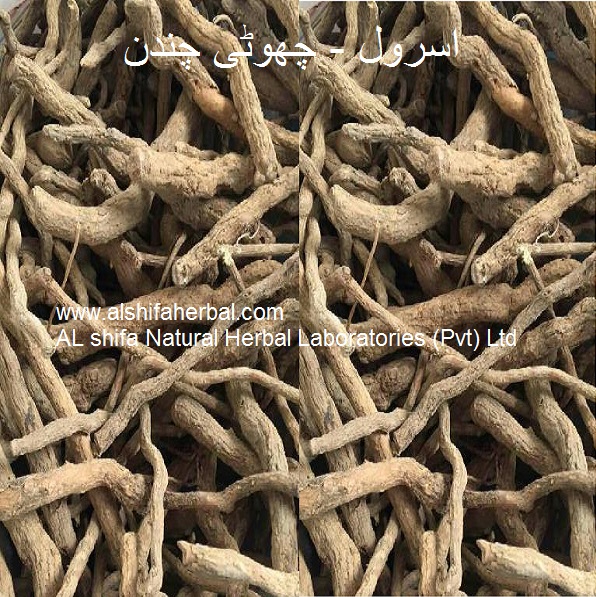





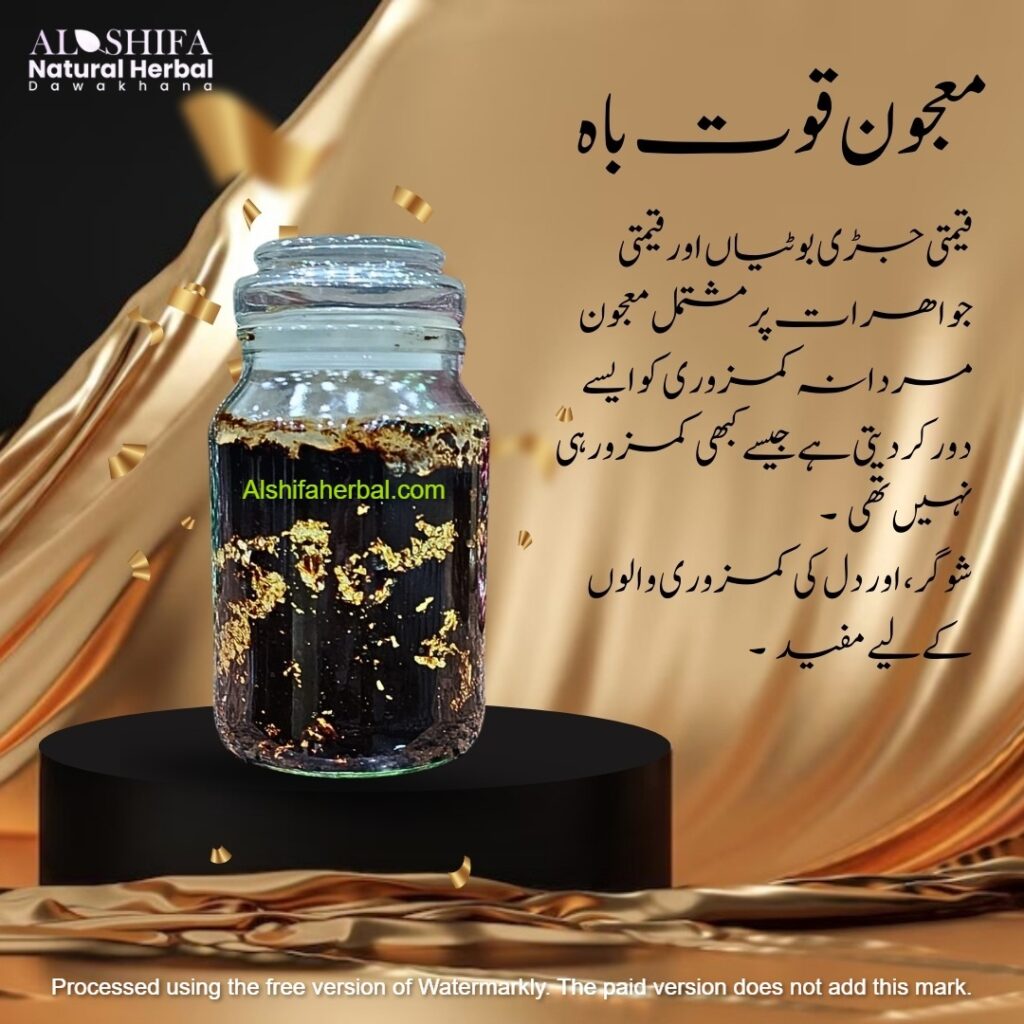
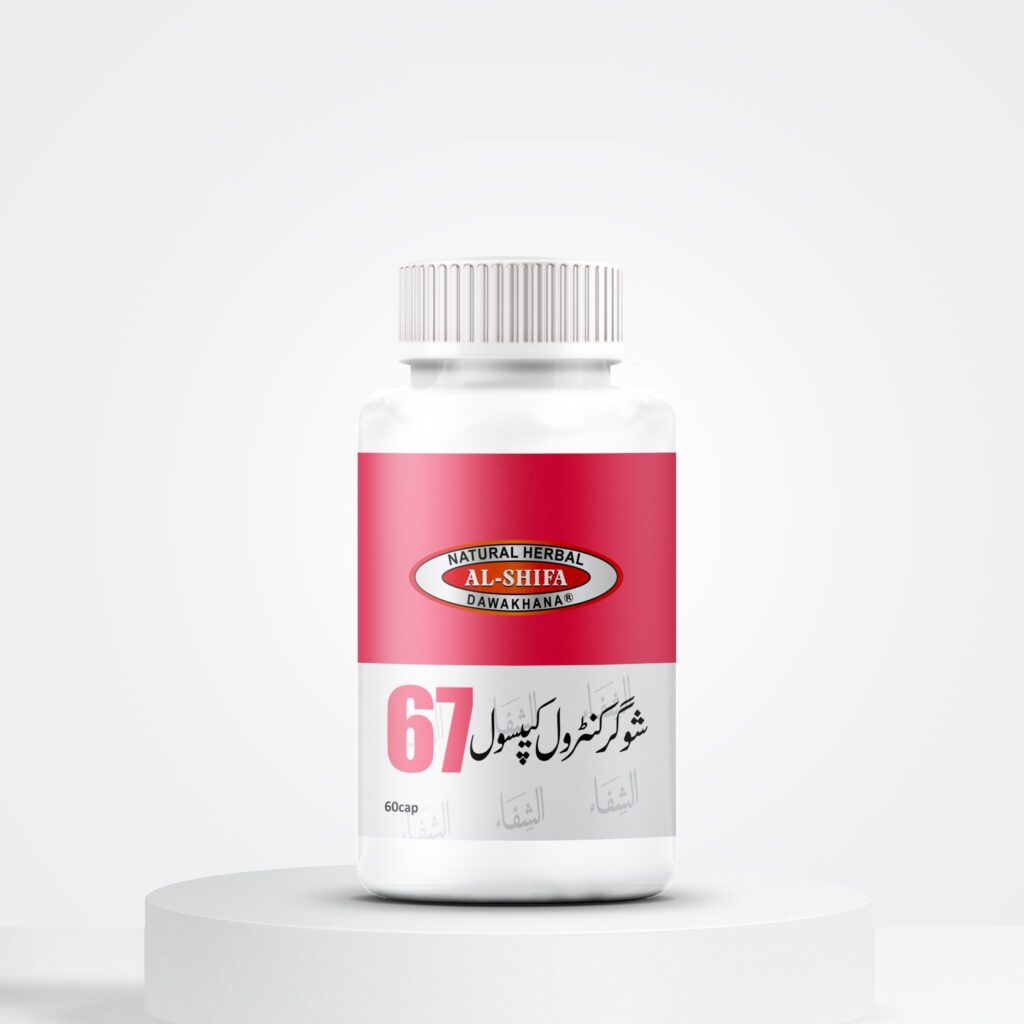
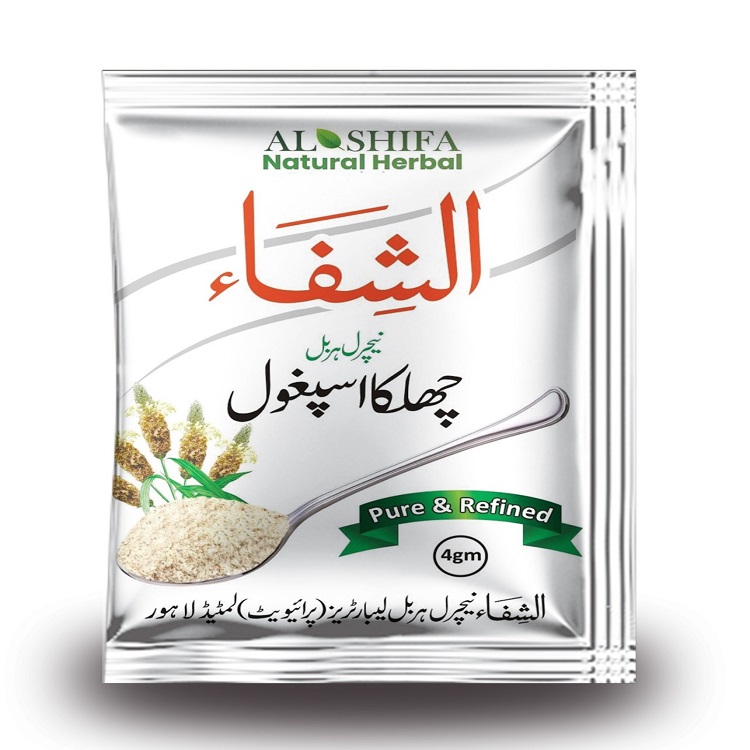



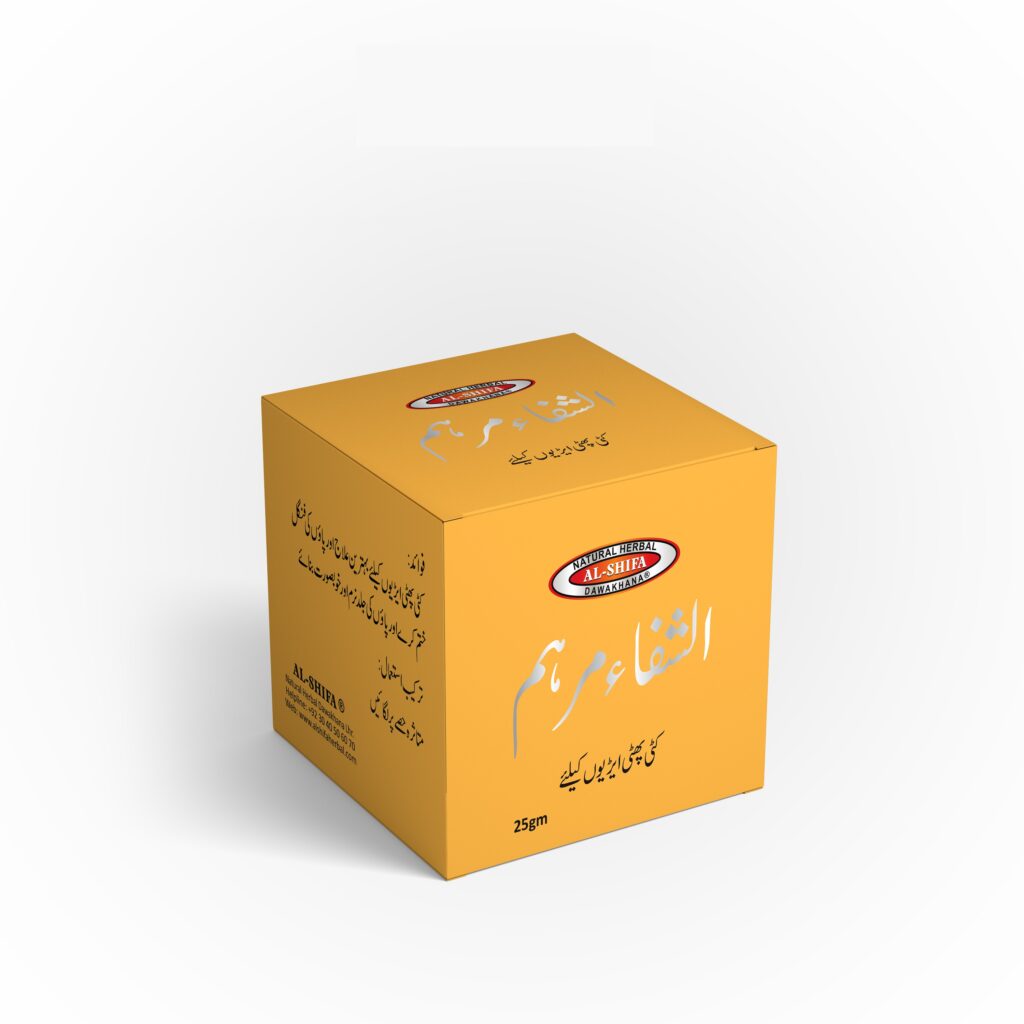



Reviews
There are no reviews yet.